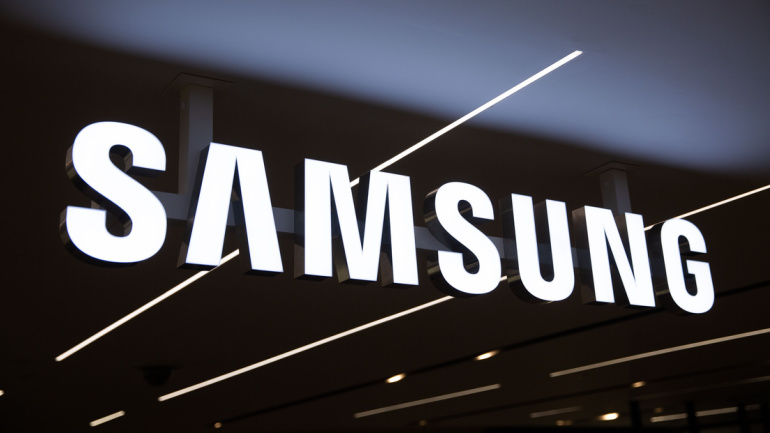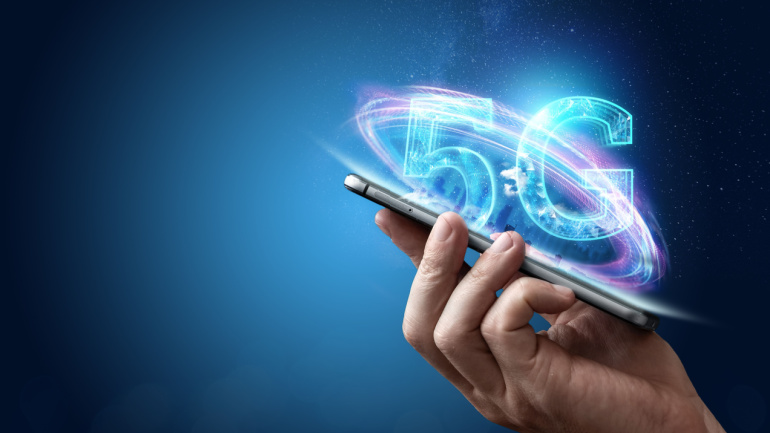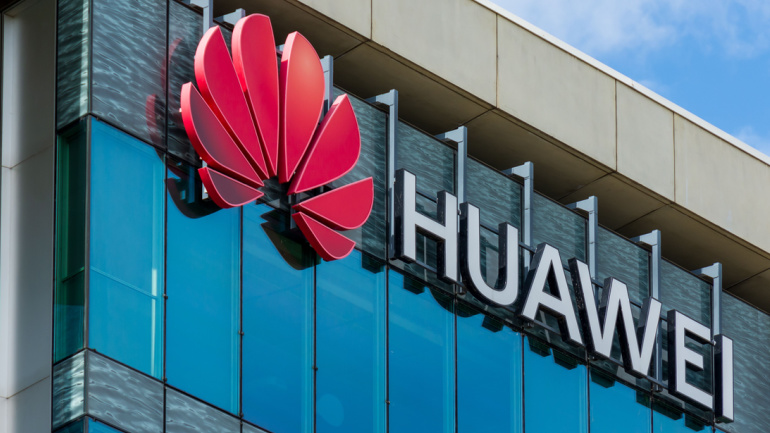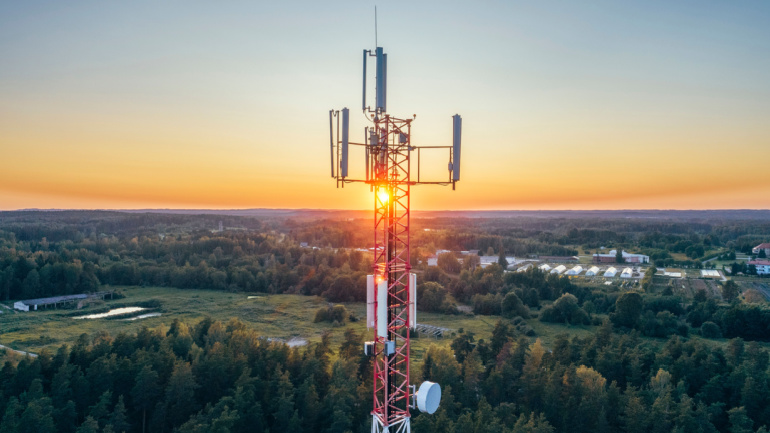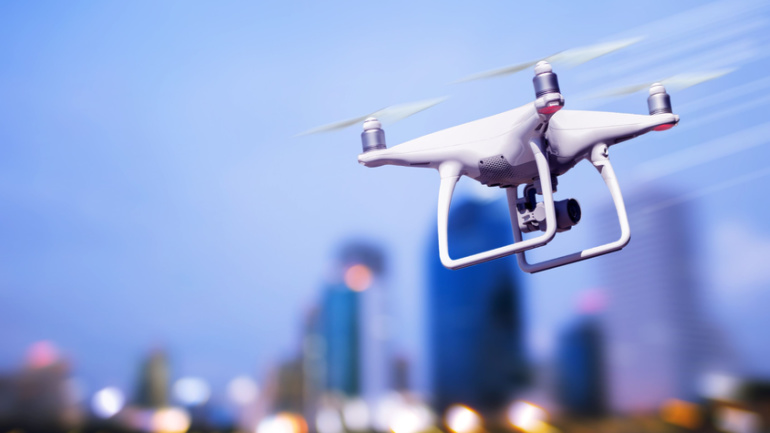SpaceX’s Starlink is paving the way for direct-to-mobile services, thanks to a progressive partnership with T-Mobile. Going beyond termianls, the ambitious endeavor could allow unmodified smartphones to directly connect with satellites. Beginning with text messaging in 2024, comprehensive voice and data services are slated to follow in 2025. However, AT&T and the Rural Wireless Association express concerns about possible interference with commercial networks, prompting fierce debate over the fine lines of regulatory procedures.
EXA Infrastructure, the largest dedicated digital infrastructure platform connecting Europe and North America, today announced it has added a fifth transatlantic route to its network footprint with the addition of the Dunant cable, connecting the US and Europe via a southern corridor across the Atlantic. This new route complements EXA’s existing cables, connecting Paris and Bordeaux in France to the large data centre clusters of Virginia Beach, Richmond and Ashburn in the US. This new route offers excellent diversity from other transatlantic cables, as well as connecting to EXA’s extensive European backbone onwards to Madrid, Barcelona and Marseille via differentiated routes.
Samsung’s 5G CBRS Strand Small Cell solution empowers cable operators by providing a quick, cost-effective method for deploying 5G data-offloading capabilities. Field-tested and now commercially available, this compact solution has been deployed with Comcast, supporting their goal of efficient data traffic offloading and improved 5G connectivity.
DISH Wireless, in partnership with Samsung and Qualcomm, has achieved groundbreaking 5G carrier aggregation milestones. Notably, peak uplink speeds of 200 Mbps and 1.3 Gbps downlink speeds were realized with minimal spectrum usage, marking a significant advance in 5G capabilities. Boost Mobile subscribers can anticipate faster download and upload speeds.
Telecommunication giant BT, in collaboration with Nokia and MediaTek, is exploring the potential of 5G Reduced Capability (RedCap) for Internet of Things (IoT) applications. Recently conducted trials at BT’s research centre aimed at uncovering new use-cases for this technology, which, simplified and less complex than 4G, promises a more efficient IoT ecosystem. As suggested by BT’s Chief Networks Officer, Greg McCall, the RedCap technology could “unlock a new wave of innovation” within the 5G landscape.
VoIP readiness assessment is vital for cost-effective business communication. Define objectives, assess costs, scalability, integration, infrastructure, equipment, security, and training. Pilot testing and vendor selection are key. Develop a migration plan for a smooth transition, resulting in enhanced communication, productivity, and cost savings.
Huawei’s Richard Jin turned heads at UBBF 2023 with a keynote speech outlining a future-oriented, three-phase network construction plan. This innovative plan hinges on enhancing video experiences, improving network user experiences and integrating AI. By striving to transition from traditional copper lines to FTTH all-optical networks, it aims to ensure seamless video interactions. Subsequently, it intends to cater to increasing demand for diversified digital applications via gigabit services. The finale points towards an AI-integrated, all-optical computing plan aligned with F5.5G development, potentially revolutionizing current industry norms.
Phoenix Tower International’s acquisition of NOVEC’s German unit offers a lucrative entry point into a high-potential European market, despite a downturn in mergers and acquisitions within the tower sector. This pivotal move solidifies Phoenix Tower’s expansion strategy, leveraging Germany’s stature as Europe’s largest economy and a global wireless build-out hub. Intriguingly, Phoenix’s bold move contrasts with rivals like Cellnex, who have curbed spending due to financial pressures. This daring feat underscores the fluidity and continuous evolution in the telecommunications infrastructure sector.
BT, a dominant force in the UK’s telecommunications landscape, is setting the stage for a drone revolution with the unveiling of the country’s first-ever Drone SIM. Designed to act as the linchpin for beyond visual line of sight (BVLoS) drone operations, this groundbreaking technology combines EE network connectivity with resistance to hazardous conditions, opening up innovative possibilities across several sectors. From enabling swift healthcare supplies delivery and comprehensive infrastructure monitoring to enhancing goods transportation, BT’s Drone SIM offers promising applications. The unlimited data plans and high-priority connectivity contribute to a safer drone usage while facilitating ultra-high definition video streaming from towering heights.
The GSMA’s recent State of Mobile Internet Connectivity Report reveals intriguing trends in global smartphone use. While a majority, about 57%, of the global populace now connects to the mobile internet, there’s a stark division in technology adoption. Most users in developed markets rely on 4G or even 5G-enabled devices, while developing regions substantially depend on older 3G and even 2G tech. Surprisingly, the pace of mobile internet user growth also appears to be decelerating. So, how can the world’s telecom industry respond to the challenges of this digital divide? An engrossing discussion waiting to happen at the upcoming Total Telecom Congress!





